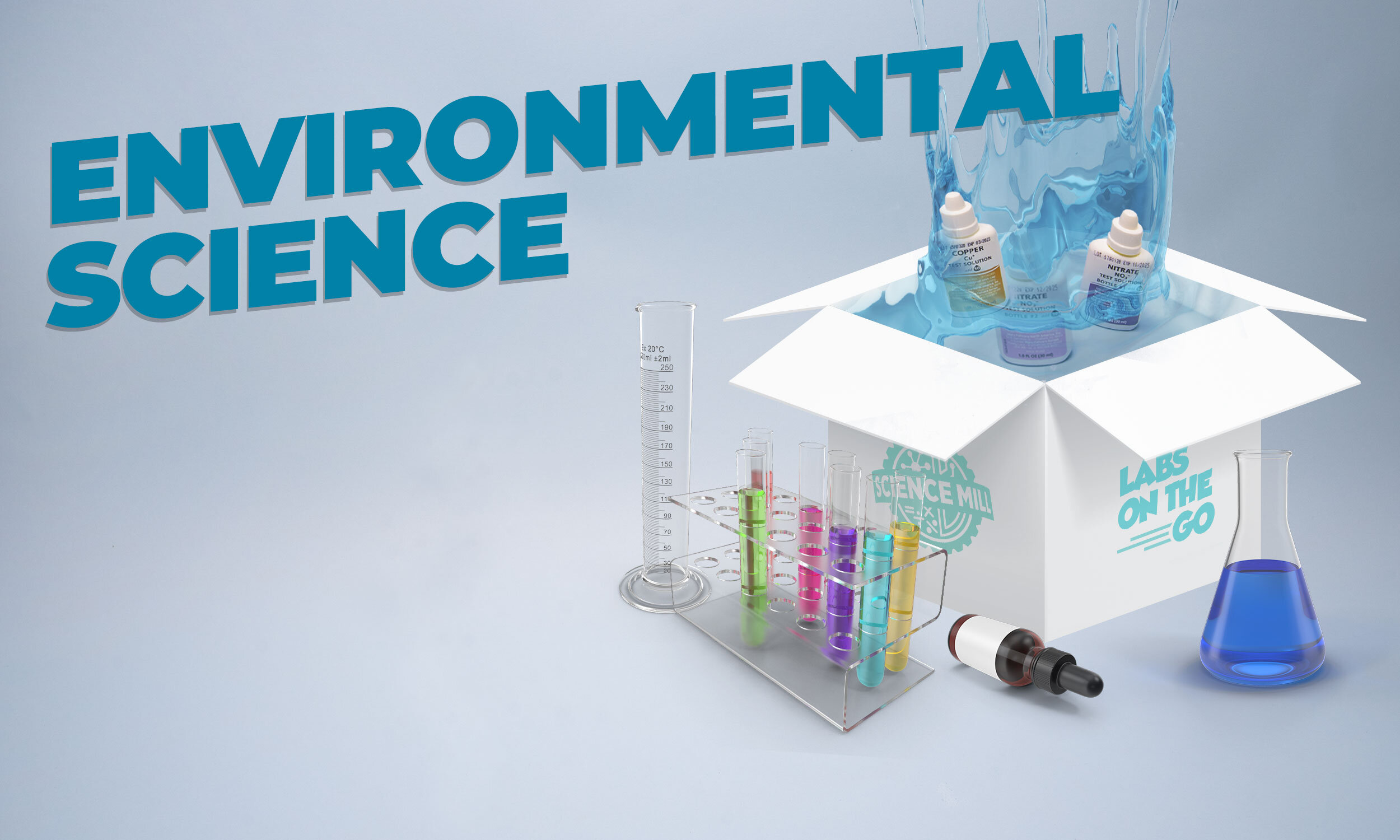Creature Connections
K-2
Students construct their own food chains, linking herbivores, carnivores and omnivores, and follow the flow of energy. But what happens when human actions shake up the chains?
Virtual: $300 per 30-student pack
In-Person: $225 per class
Lab Outline and TEKS
Engage: Take a video safari of animals at the Science Mill! Introduce the Lab’s topics with the Engage videos on our online platform, then use our inquiry prompts to guide a discussion.
Explore: Using a game board and critical thinking skills, students try to identify their partner’s mystery organism. A T-Chart helps them tally the game’s producers, herbivores, omnivores and carnivores.
Explain: Our Explain videos introduce food chain concepts and what different animals consume. After, students string together organism cards to make DIY food chains.
Elaborate: See how different careers apply food chain knowledge in our Elaborate videos. Using their new knowledge, students invent creatures and share how they would fit in a food chain.
Evaluate: As a class, investigate how human actions can impact ecosystems and effect food chains. Our Evaluate videos recap and wrap up the Lab’s key concepts.
TEKS:
Science:
K.1B, K.2A, K.2B, K.2E, K.3C, K.4B, K.10A, K.10B, K.9B
1.1B, 1.2A, 1.2B, 1.3C, 1.9C, 1.10A
2.1B, 2.2A, 2.2B, 2.2.E, 2.2F, 2.3C, 2.9A, 2.9B, 2.9C, 2.10A
Math TEKS:
K.1A, K.2A, K.2C, K.2F, K.2G, .6A, K.6F, K.8A
1.1A, 1.2A, 1.2G, 1.5B, 1.8A,
2.1A, 2.2D
Webs Of Mystery
3-5
Students become ecosystem sleuths to uncover how changes to the food web can affect an ecosystem’s health. As they gather clues, they’ll explore concepts of energy transfer, primary production, consumption and decomposition.
Virtual: $330 per 30-student pack
In-Person: $225 per class
Lab Outline and TEKS
Engage: Get a behind-the-scenes look at the Science Mill’s animals! Introduce the Lab’s topics with the Engage videos on our online platform, then use our inquiry prompts to guide a discussion.
Explore: Students travel through an ecosystem’s trophic levels to track the transfer of energy from organism to organism. Putting these connections together, groups create their own food web.
Explain: Our Explain videos clarify concepts and cover useful vocabulary to help students refine their DIY food webs. Armed with this info, groups set out to solve an ecosystem mystery.
Elaborate: Groups gather evidence in their field journals. As they unravel the mystery, students cut strings in their food webs to visualize food chain changes.
Evaluate: Students see how a wildlife biologist and ornithologist uses food webs in her career, then present their own food web findings—mystery solved!
TEKS:
3.1A, 3.1B, 3.2A, 3.2B, 3.2D, 3.2F, 3.3C, 3.9A, 3.9B, 3.9C
4.1A, 4.1B, 4.2A, 4.2B, 4.2D, 4.2F, 4.3A, 4.3C, 4.9A, 4.9B
5.1A, 5.1B, 5.2A, 5.2B, 5.2D, 5.2F, 5.3A, 5.3C, 5.9A, 5.9B, 5.9C
Water Investigations
6-8
What’s in the water? Students investigate the importance of water quality and conduct their own testing. Using data from their water samples, students try to solve a water quality mystery.
Virtual: $360 per 30-student pack
In-Person: $225 per class
Lab Outline and TEKS
Engage: Where does our water come from and what makes it safe to drink? Introduce the Lab’s topics with the Engage videos on our online platform, then use our inquiry prompts to guide a discussion.
Explore: Our Explore videos prep students to perform their own water quality tests. After reviewing lab safety and protocols, students conduct nitrite, copper, turbidity and pH tests with water samples.
Explain: Our Explain videos break down why each test is important and offer tips for interpreting results. Students consider how physical, chemical and biological indicators can also offer clues to water quality.
Elaborate: Inspired by real-world careers, groups review a water mystery case file. Each group member examines unique evidence, then works together to pinpoint the problem.
Evaluate: Can students solve the community’s water worries? Groups discuss their results and take a look at water quality regulations in our Evaluate video.
TEKS:
6.1A, 6.1B, 6.2A, 6.2C, 6.2E, 6.4A, 6.4B, 7.1A, 7.1B, 7.2A, 7.2C, 7.2E, 7.4B, 7.8C, 7.10B, 8.1A, 8.2A, 8.2C, 8.2E, 8.4B
Benefits
Educator
Guided Facilitation - Minimal up-front training required
Curriculum Toolkit - Labs include lessons, inquiry Q&A, career connections
Zero Assembly – Equipment & all consumables provided by Science Mill
Hybrid Platform – Integrated LMS (video facilitation) & hands-on experience
Scalable – Priced per student
Student
Environmental Change: Human Impact on environment
Lab Safety: practicing standard protocols
Multiple Scenarios: students review multiple ecosystems & environmental outcomes
Career Focus
Wildlife Biologist
Ecologists


